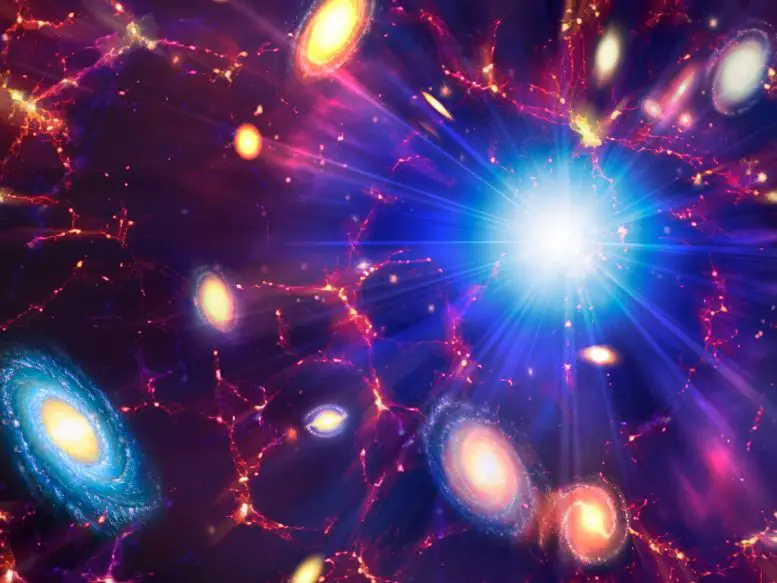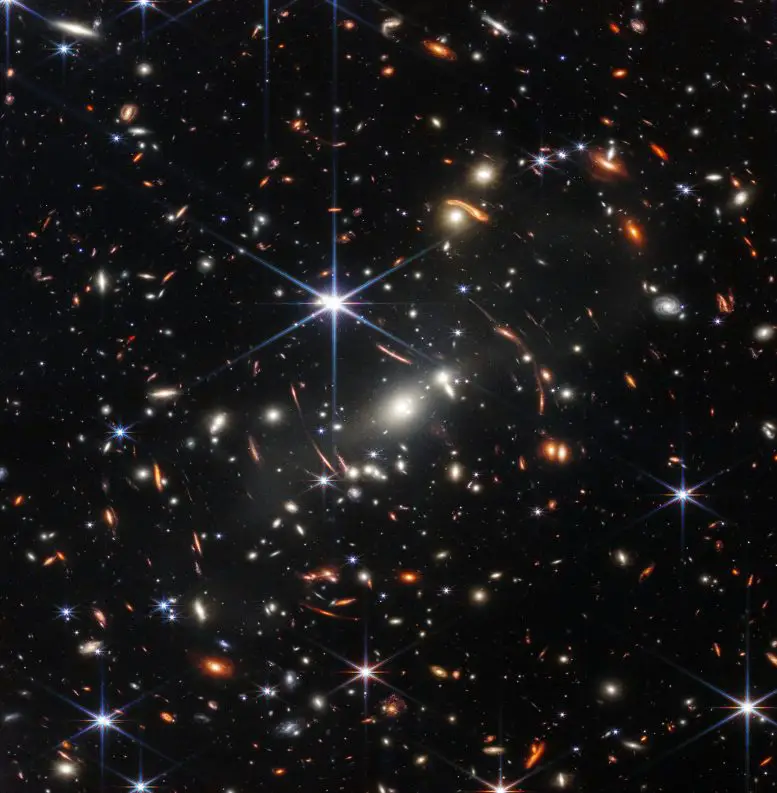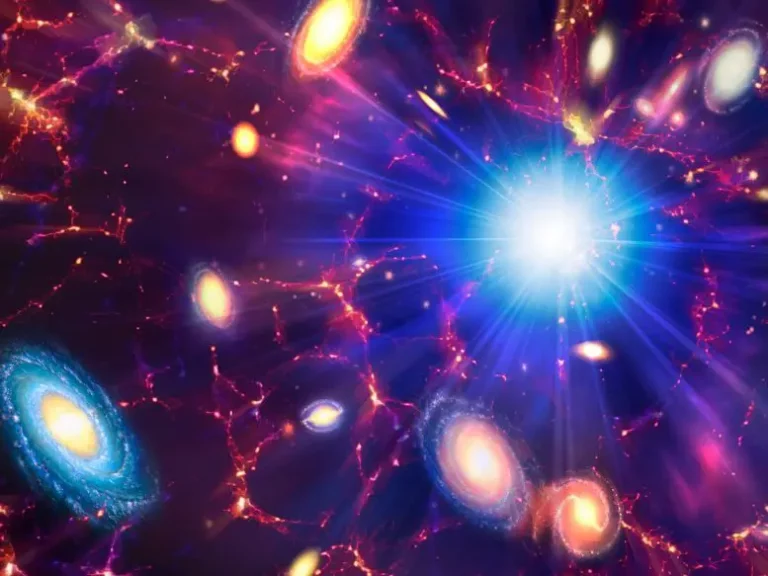The Mind-Bending Concept of a Multiverse: Is Our Universe a Rarity Among Countless Others?
The characteristics of the universe can be defined by its “fundamental constants,” which are unvarying quantities in nature, like the speed of light (C) or the gravitational constant (G). These constants, around 30 in number, represent the magnitudes and strengths of various factors such as particle masses, forces, or the universe’s expansion. However, our scientific models do not account for the specific values these constants should possess. Thus, we must measure them and incorporate their values into our equations to precisely describe the workings of nature.

The fundamental constants of the universe, including the gravitational constant and speed of light, are fixed quantities that describe its conditions. These constants dictate the sizes and strengths of parameters such as particle masses, forces, and the universe’s expansion, and there are around 30 of them. However, we do not yet understand why these constants have the values they do and must measure them to accurately describe nature. The values of these constants fall within a range that allows for complex systems, such as stars, planets, carbon, and ultimately humans, to evolve. Physicists have found that even slight tweaks to these parameters could render our universe lifeless, making the existence of life a perplexing mystery.
One possible explanation is that our universe is just a lucky coincidence. Another possibility is that we exist in a multiverse where there are different domains with varying physical laws and fundamental constants. While most of these domains may be unsuitable for life, statistically speaking, there should be a few that are life-friendly.
Impending revolution?
To what extent does physical reality exist? It is believed to be beyond the domain that astronomers can observe, even in theory, making it finite due to a horizon beyond which we cannot see. However, this doesn’t mean that galaxies beyond our observable universe don’t exist, as they most likely do. These galaxies are countless, and they could be repeating everything that we can imagine and beyond. This vast domain is the aftermath of the Big Bang and is mainly unobservable. However, physicists believe it is governed by the same physical laws that we observe in our universe.
The theory of inflation supports this idea, suggesting that the universe doubled in size every trillionth of a trillionth of a trillionth of a second in the early universe. This explains why the universe is so large and smooth, except for ripples and fluctuations that form the “seeds” for galaxy formation. Physicists, including Andrei Linde, propose that, assuming certain plausible assumptions about the uncertain physics in this ancient era, there could be an “eternal” production of Big Bangs, each creating a new universe.
String theory attempts to unite gravity with the laws of microphysics by proposing that everything in the universe is composed of tiny, vibrating strings. However, it assumes the existence of additional dimensions beyond the ones we currently experience. These extra dimensions are believed to be so tightly compacted that we are unaware of their existence. Depending on the method of compactification, each universe could possess distinct microphysics, resulting in other Big Bangs that are governed by different laws.
In this more extensive perspective, the “laws of nature” may be considered as local regulations that only apply to our own cosmic region.

If the nature of physical reality is indeed as described, there would be a strong incentive to explore hypothetical universes with different physical laws, such as varying gravity or other parameters, to determine what conditions are necessary for complex systems to arise and what conditions lead to sterile or unviable universes. Recent research has indicated that it is possible to conceive of universes that are even more hospitable to life than our own, although most alterations to the fundamental constants would result in a universe that is incapable of supporting life.
However, some critics of the multiverse hypothesis object to it, fearing that it would make the search for a fundamental theory explaining these constants as fruitless as Kepler’s search for a numerological relationship between planetary orbits and Platonic solids.
Nevertheless, our preferences and prejudices have no bearing on the actual nature of physical reality, and it would be wise to remain open-minded to the possibility of a forthcoming paradigm shift in cosmology.
From the Copernican realization that the Earth was not the center of the Solar System, to the understanding that there are innumerable planetary systems in our galaxy and countless galaxies in our observable universe, the history of science is marked by successive discoveries that demonstrate the vastness and diversity of the universe. Might it be that our observable universe and our Big Bang represent just a small fragment of a much larger and more diverse reality?
Physics or metaphysics?
To determine the likelihood of our universe being atypical, we need to calculate the probabilities of different combinations of physical constants, but this is currently beyond our theoretical abilities. Although we can’t definitively prove the existence of other Big Bangs, it’s not purely metaphysical – we may one day have evidence supporting their existence if a theory describing the extreme conditions of the early universe corroborates with other observations and predicts multiple Big Bangs.
Critics argue that the multiverse concept is unscientific since we cannot observe other universes. However, just as we believe the theory of physicist Roger Penrose about the interior of black holes despite not being able to observe them, we can have confidence in a theory if it agrees with observations and derives unexplained parameters in the standard model. Some physicists have different levels of confidence in the multiverse concept, with one being nearly at the dog level and another almost betting their life on it.
Unfortunately, we may never know the answer to the multiverse question, and even if we did, we might not fully comprehend it. However, machine intelligence could potentially explore string theories and generate predictions that we could take seriously.
However, the true understanding of physical reality may require a level of insight that only posthuman species could attain, which may be either discouraging or exhilarating, depending on one’s perspective. Nonetheless, this is not a valid reason to disregard the multiverse theory as unscientific. This article was written by Martin Rees, Emeritus Professor of Cosmology and Astrophysics at the University of Cambridge.
Do not forget to share your opinion with us to provide you with the best posts !




0 Comments